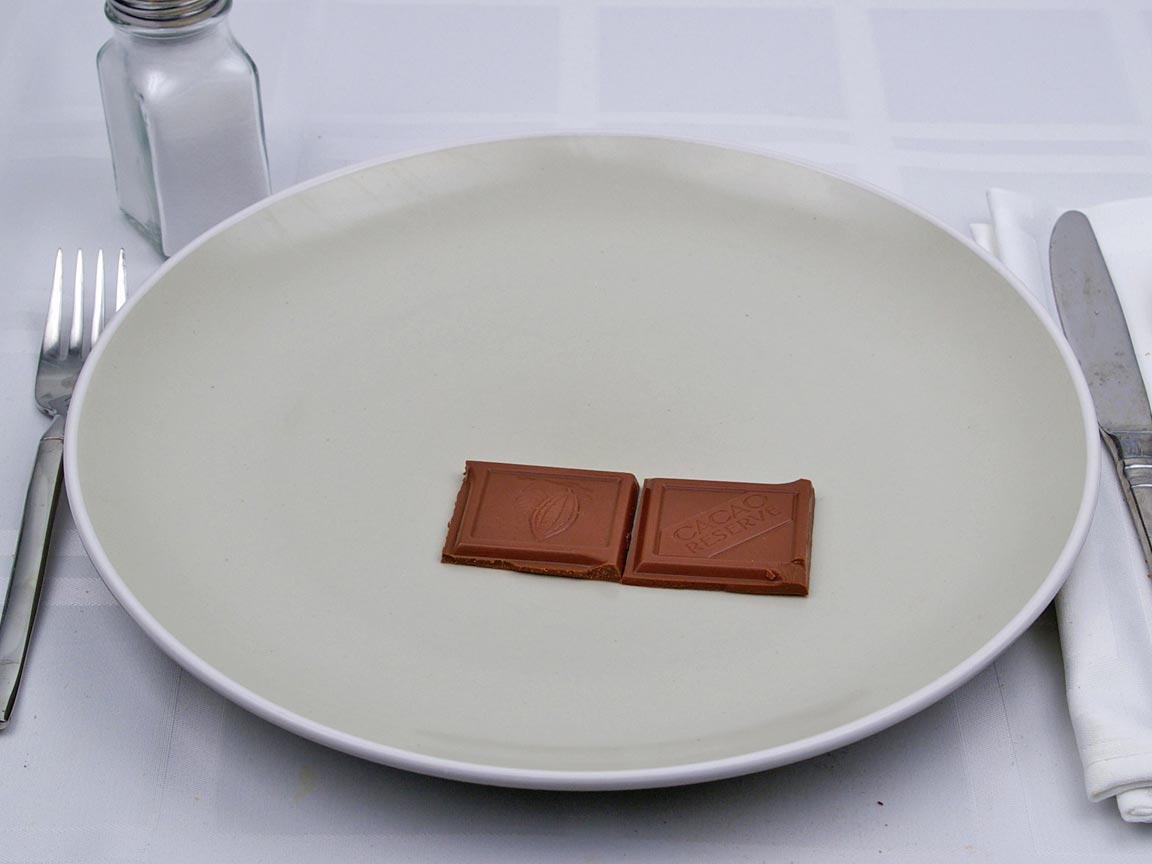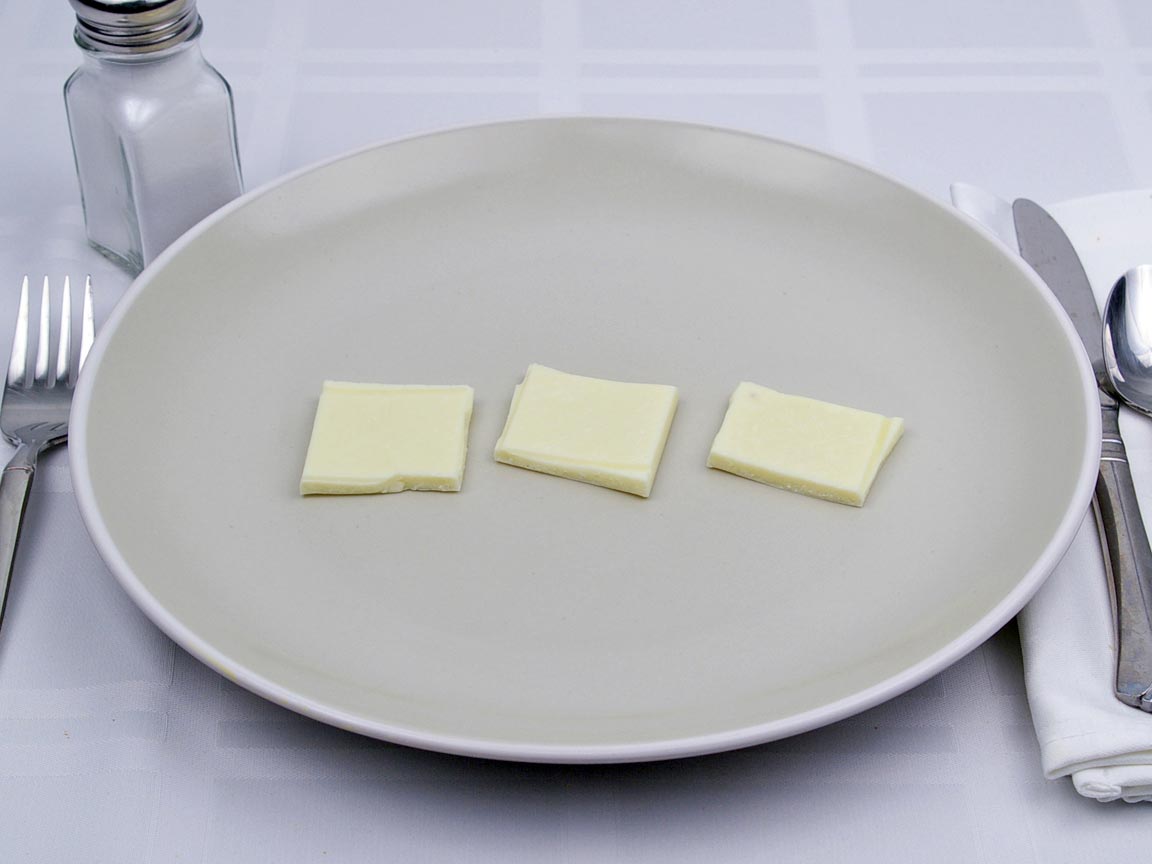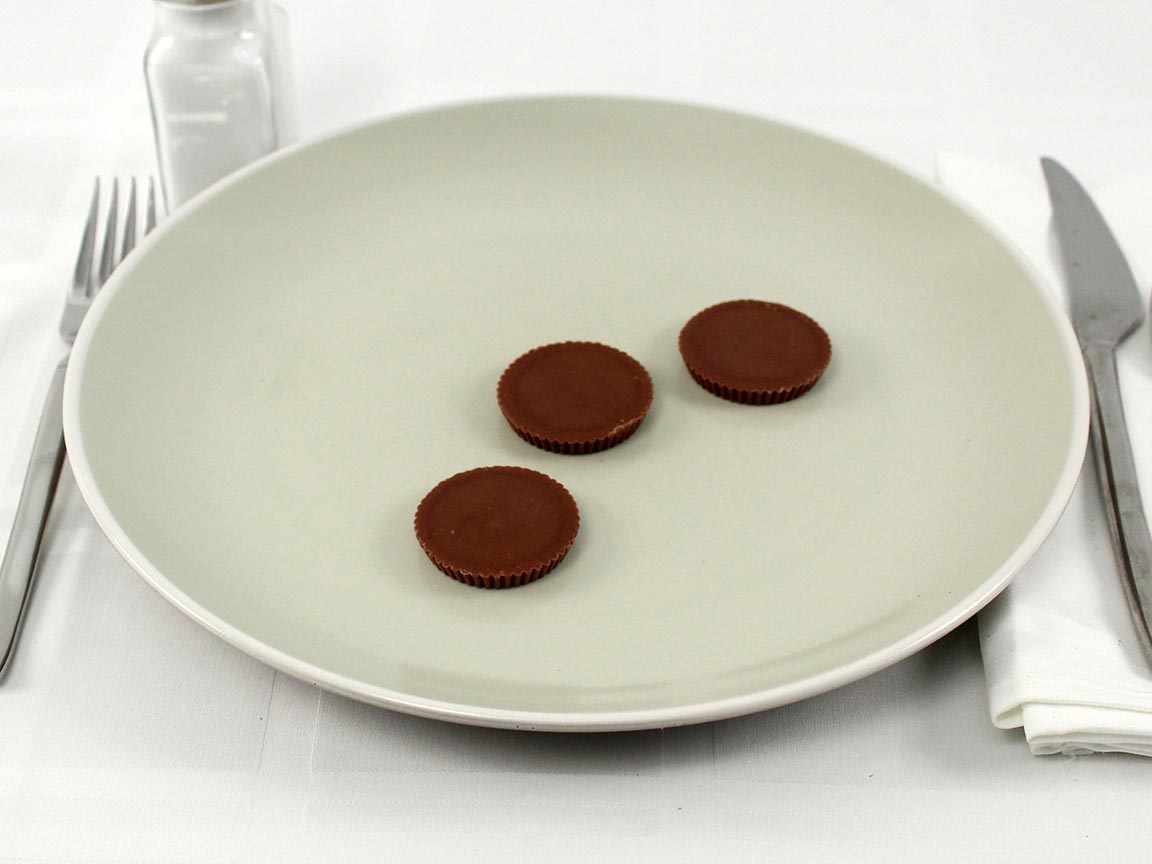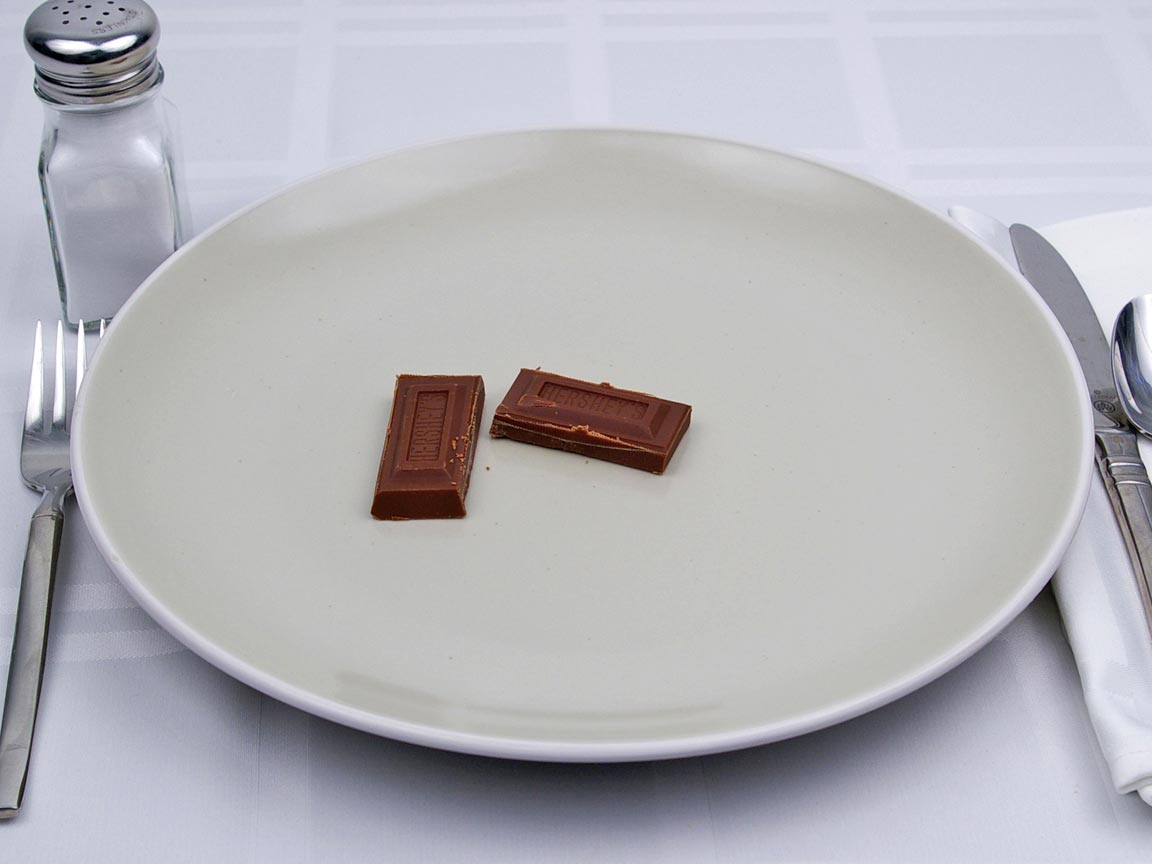Calories in Infant formula, ABBOTT NUTRITION, SIMILAC, SENSITIVE, (LACTOSE FREE), powder, with ARA and DHA
148 calories
Serving Size 1 fl oz (about 31 g)
There is no photo available for this food item however it should be similar in terms of nutritional content and calorie density as the following items. You can use these for references.
(96% similar)

Meringue with Lemon Cream
(98% similar)

Milk Chocolate
(96% similar)

White Chocolate - Avg
(96% similar)

Reese's Thins Peanut Butter Cups
(96% similar)

Hershey's Milk Chocolate Bar - Large
(96% similar)

Symphony
Serving Size 1 fl oz (about 31 g)
| Amount Per Serving | ||
|---|---|---|
| Calories 148 | Calories from Fat 77 | |
| % Daily Value* | ||
|
Total Fat
8 |
12 |
|
|
Saturated Fat
5 |
25 |
|
|
Trans Fat
0 |
||
|
Cholesterol
4 |
1 |
|
|
Sodium
48 |
2 |
|
|
Total Carbohydrate
16 |
5 |
|
|
Dietary Fiber
0 |
0 |
|
|
Sugars
16 |
||
|
Protein
3 |
||
* Percent Daily Values are based on a 2,000 calorie diet. Your daily values may be higher or lower depending on your calorie needs.
Available portions
Food analysis
Junk Food
High In Sugar
Bad Fat Source
High Calorie Density
There is 148 calories in 30 grams of Infant formula,.
With 516 calories per 100 grams, this food would be considered a High calorie density food.
Be carefull, High calorie density food tends to add up calories quickly and you should be carefull with your portion size if you are trying to lose weight.
Infant formula, is High in carbohydrates, Low in proteins and High in fats. You can look at the macronutrients graph below for a detailed ratio.
This item has High quantity of carbohydrates and fats. This combinasion is usually indicating that you should stay away from this food labeled as "Junk Food".
With 55 grams of "Net carbohydrates" per 100 grams,
it not safe to consume if you are following a Keto or Ketosis diet.
Related Searches
abbott
formula
infant
nutrition
similac
sensitive
lactose
dha
and
ara
with
powder
free
Macronutrients split
42.6% Carbohydrates
48.8% Fats
Nutrients and how much we eat of it play an important role on our health and body composition. To learn more on theses, check our blog posts on Proteins, Carbohydrates and Fats.